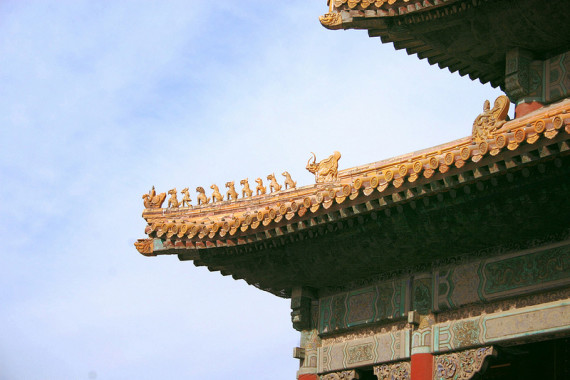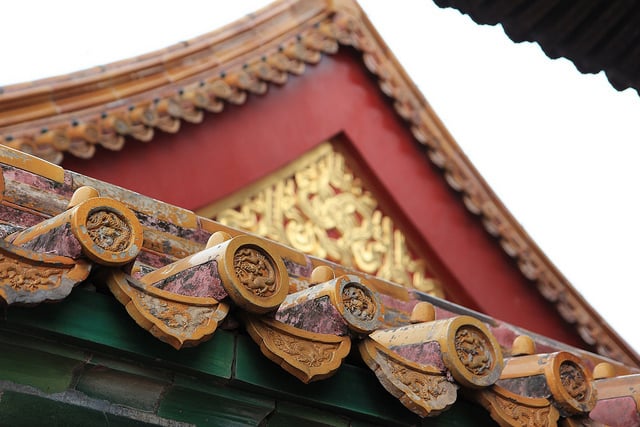Like us on Facebook
www.familytc.com
While in Beijing join us on the tour around Forbidden City.
www.familytc.com
While in Beijing join us on the tour around Forbidden City.
Numbers play an important role in Chinese culture. Many buildings have no fourth floor because the word for four (si) is a homonym for death; it’ll cost you extra to get a phone number with multiple eights, considered to be a lucky number; and weddings on auspicious dates (those with a six, eight, or nine) are enormously popular. It’s no surprise, then, that the Forbidden City can have its secrets unlocked through numbers. Using different number patterns found in China’s former imperial palace also pays dividends when visiting other sites, including the Summer Palace, as these same rhythms can be seen in historic Chinese architecture.
What are the key numbers to think about when visiting the Forbidden City? Much can be made out of the number of rooms or length of the courtyards, but with help from our Beijing tour guides, we’re focusing in the number nine. Understanding the significance of nine will help you decipher the gargantuan space’s subtleties.
The Chinese for nine (jiu) is a homonym of long or lengthy (alcohol, too, but that’s a different story). The concept of yin-yang is central to Chinese philosophy; the two are complementary rather than opposing forces, and neither can exist without the other.
Under the yin-yang theory, odd numbers are yang and even numbers yin; five is in the middle of the yin numbers. Nine is the highest single odd (or yang) digit, so it’s representative of the emperor. The Forbidden City’s Hall of Supreme Harmony is nine bays long and five bays wide; a bay is a room divided up by four poles.
Because 10 is reserved for the celestial emperor, the Forbidden City is alleged to have 9,999.5 rooms, compared to the 10,000 belonging to the palace believed to be in heaven. The Forbidden City is enormous and the devil is in the details. Many gates inside the imperial city, especially the huge red gates of the major structures, are decorated with gilded doornails. If you study them carefully, you’ll find that most of the gates have nine rows of nine doornails. The doornail number associated with number nine because, in ancient China, nine was regarded as the highest number and was used to imply the emperor; it represented in a symbolic sense the then all-important imperial power.
If you’re keen learn more about the details hidden within the massive Forbidden City, join us on our Forbidden City walk. Together with our docents, dig deeper into the rich history of China’s most majestic place.


No comments:
Post a Comment